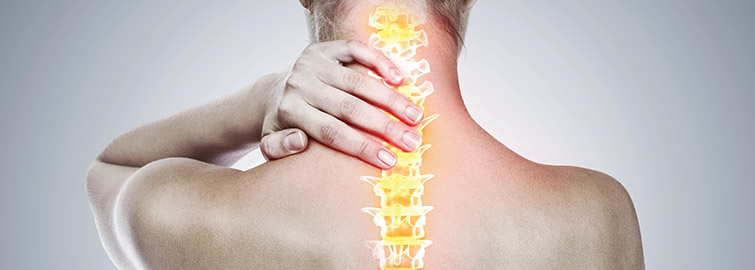
Neck & Back Pain
Pain that is assumed to be coming from a spinal origin is a worrying thing for a lot of people. Neck and back pain are common outcomes of different activities we perform, and postures we habitually adopt in everyday life, particularly when there is a sudden change in what we have been doing, or other stressors in our lives. Activities such as prolonged sitting and standing, repetitive work, or actions that are different from our normal routine can cause sensitisation of various structures in and around the spine, such as the facet joints, ligaments, discs and musculature. Often the pain we feel after an activity such as a day of prolonged standing is no different to the pain we would feel if we were to spend the day with our finger bent backwards, however there is a lot more stigma and fear related to spinal pain. It is important to remember that our spine is actually an extremely robust structure, and most aches or pains are simply due to mechanical overload and sensitisation (like a “bruise”), rather than true structural issues or injury.
Physiotherapists are highly trained to take your pain history, as well as observing your posture, the amount of movement you have, as well as the control of that movement. This will help to determine the cause of your pain, whether it is internal factors such as stiffness, poor strength or lack of motor control; or external factors such as a sudden change in work or training load, ergonomics or technique faults at the gym.
Pain and stiffness can be eased with various manual therapy mobilisation techniques, as well as massage and dry needling. Your Physiotherapist will make use of some or all of these based on your individual presentation, as well as providing advice on things to do at home and at work to ease the pain and prevent its recurrence. Although easing your discomfort is a primary aim of our management, we believe in identifying the original cause of the issue and making sure you have a good understanding of how to self-manage the issue and prevent its recurrence.





